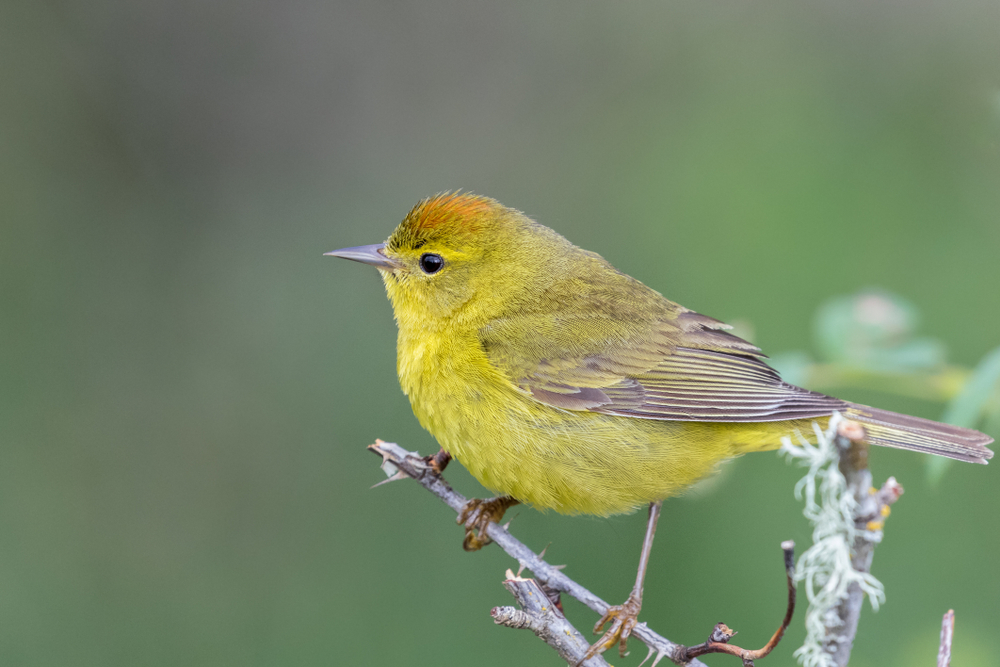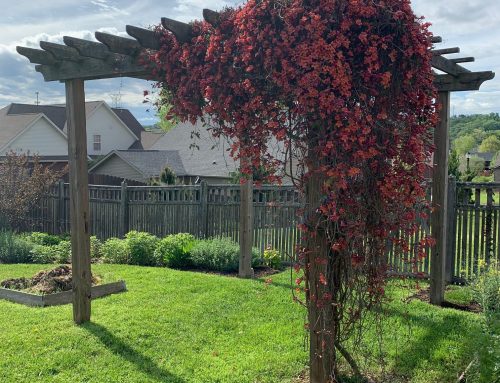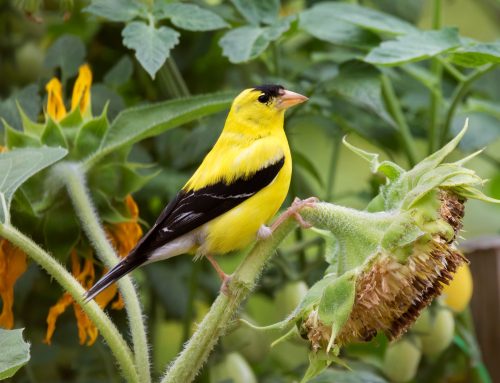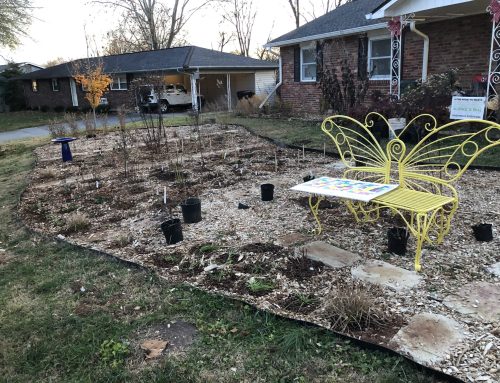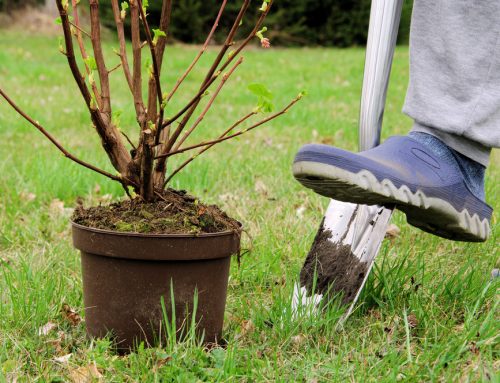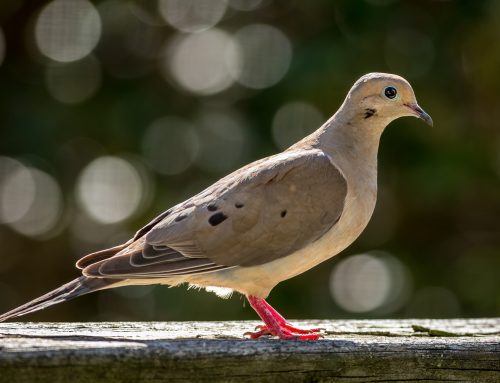by Karin Beuerlein
We’ve been busy putting together the KTOS booth for the Dogwood Arts House & Garden Show Feb. 14–16 (come by and see us there!), so this post will be short and sweet.
This winter, I wanted to add a few backyard extras that might help woodpeckers and flickers, since a big chunk of their nearby habitat disappeared when the hillside above us was razed. I put in a stack of oak logs for insect foraging, and I added some leaf piles thanks to a friend with a big sugar maple. I also decided to give suet a shot.
I’ve never fed birds anything but seeds in the winter, except for the Christmas many years ago that my mom and I made outdoor ornaments for birds out of peanut butter and pinecones. We hung them with red ribbons on our hemlock tree. Then the weather turned warm and rainy, and it all melted. The birds were not impressed or even mildly interested, and the tree smelled like peanut butter for at least a month.
So . . . putting aside the past, I found this recipe for bird butter posted at the Georgia Department of Natural Resources blog by backyard wildlife expert Terry Johnson, who says it holds up well for feeding even in summer weather in the South.
I made a batch myself and I can report firsthand: it’s delicious. I also fed some to the birds. I pressed it into muffin pans and froze it, and I put the little cakes two at a time into a hanging feeder that protects them from rain. (Two thumbs up. Way better than pinecones.)
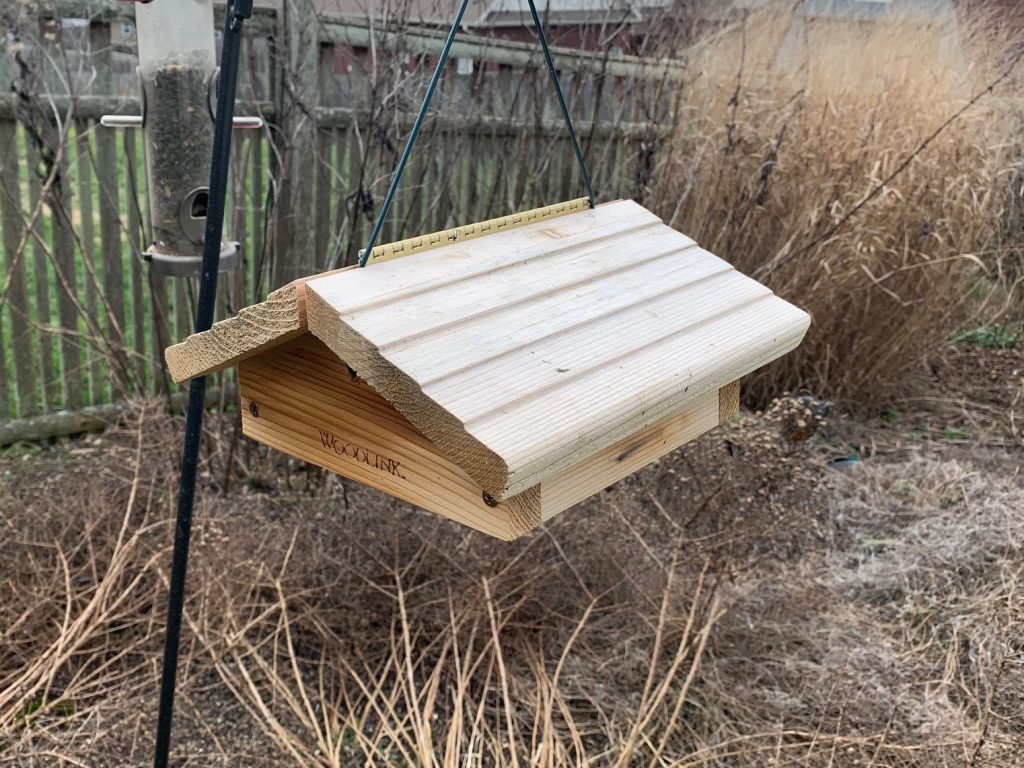
Through two bouts of unseasonably warm weather above 70 degrees, the cakes have not melted, crumbled, or gone rancid.
So were the woodpeckers tempted? Nope. They’re here this winter, which is a relief, but they want only sunflower seeds and bugs.
Instead, the bird butter brought in a first-for-us winter resident: an orange-crowned warbler who has stayed with us since November and takes shifts on the suet feeder with the wrens, chickadees, and titmice. We’re missing many of our usual friends this winter—we’ve had almost no goldfinches, and not a single white-throated sparrow—so I’m happy to see the lemony little rascal dart in and out of the shrubs to catch a bite.
This recipe is easy to make and holds up well through our unpredictable winter weather. Try it and see what surprising visitors you bring in.
See you at the Knoxville Convention Center next weekend!
